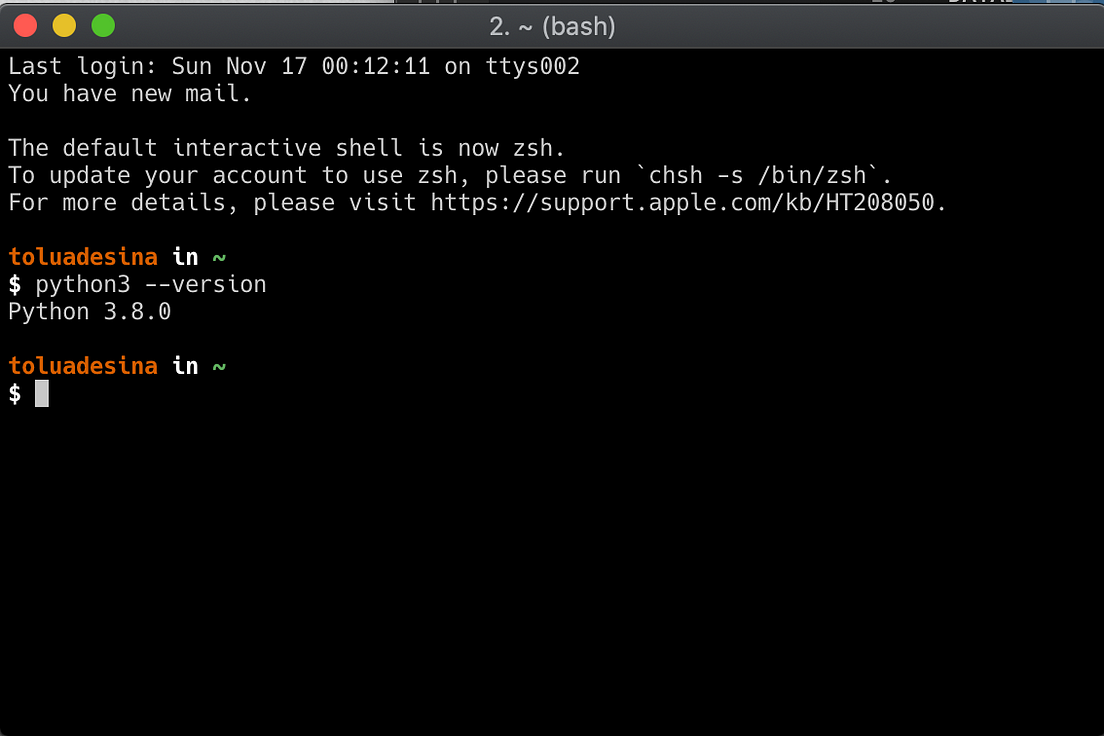
- #Download opencv python for mac install
- #Download opencv python for mac update
- #Download opencv python for mac download
#Download opencv python for mac install
Make Step 8: Install the build on raspberry piĪfter the successful build install the build using the following command

If you face any error while compiling due to memory issue you can start the compilation again with only one core using the following command Make -j4 Step Optional: Compile with a single core of Pi Type the following command to compile it using 4 cores of pi Sudo /etc/init.d/dphys-swapfile start Step 7: Finally Ready to be Compile Then type the following lines to take it into effect Just press N in case you don’t, or Y in case you do. If you ask nano to exit from a modified file, it will ask you if you want to save it. Then save the changes you’ve made, press Ctrl + O. # you most likely don't want this, unless you have an special disk situation # set size to absolute value, leaving empty (default) then uses computed value It will open the nano editor for editing the CONF_SWAPSIZE. Open your /etc/dphys-swapfile and then edit the CONF_SWAPSIZE variable It will enable OpenCV to compile with all four cores of the Raspberry PI without any memory issues. Step 7: Swap Space size before compiling to add more virtual memory D OPENCV_EXTRA_MODULES_PATH=~/opencv_contrib-3.4.0/modules \ D PYTHON_DEFAULT_EXECUTABLE=$(which python3) \ Unzip opencv_contrib.zip Step 6: Compile and Install OpenCV 3.4.0 for Python 3
#Download opencv python for mac download
Sudo pip3 install numpy Step 5: Download the OpenCV 3.4 and contrib extra modules Sudo apt-get install python3 python3-setuptools python3-dev -y Sudo apt-get install libatlas-base-dev gfortran -y Step 4: Install Python 3, setuptools, dev and Numpy
#Download opencv python for mac update
The first step is to update and upgrade any existing packages:.Sudo apt-get autoremove Step 3: Install Dependencies You can do it simply typing the following command on the terminal window. So, it is better to remove some unused packages like LibreOffice and Wolfram engine to free up some space on your pi. But if you are using a 8GB memory card it might take 50% of all your space. The default OS will take around 15% if you are using 32GB card.

Sudo shutdown -r now Step 2: Free Up Some Space Then you need to reboot your pi using the following command. It will show a message “The root partition has been resized”.


 0 kommentar(er)
0 kommentar(er)
